
views
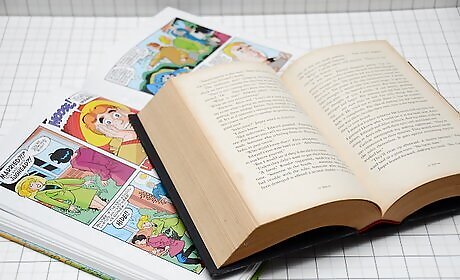
Determine whether the publication is a periodical or a single work. Although "comics" encompasses both comic books and graphic novels, a comic book is properly a magazine with volume and issue numbers. A graphic novel is properly a single publication, although some comic publishers have produced a line of graphic novels, as Marvel Comics did from 1982 to 1988 with its series of 35 works. The use of the word "novel" in the pages of a comic book does not automatically make it a graphic novel. The 4-chapter "novel-length" stories of All-Flash Quarterly in the 1940s and the 3-part Superman "novels" in Action Comics and Superman of the late 1950s and early 1960s are not themselves graphic novels, because they were part of an overall comic book series of stories. A novel adapted to graphic form may or may not be a graphic novel. The novel adaptations in Classics Illustrated are not themselves graphic novels, because Classics Illustrated was published as a periodical. An adaptation of a single novel across several volumes, such as Jane Fancher's 3-volume adaptation of C.J. Cherryh's "Gates of Ivrel," although not covering the entire novel, may be considered a series of graphic novels by some and a graphic miniseries by others. Some comics are designated "one-shot" comics, such as "Superman vs. Muhammad Ali," published as an oversize (Treasury) edition in 1978. These comics usually have their own volume and issue numbers, usually the number 1. One-shots are not normally considered graphic novels.
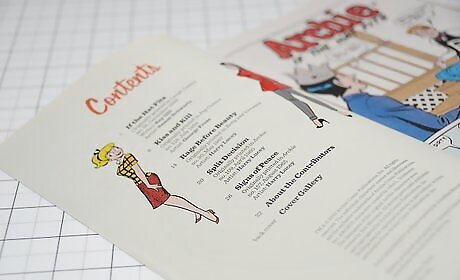
Note how many stories are contained between the pages. A comic book may contain a single story, 2 stories, or as many as 3 or 4 stories between its pages, which may or may not all have the same characters. A graphic novel normally contains only a single story with the same cast of characters. Some bound reprint collections, such as "The Greatest Superman Stories Ever Told" and "The Greatest Batman Stories Ever Told," are as thick as graphic novels. These are not properly graphic novels themselves, because they contain more than 1 story, even if the stories feature the same main character. They can be called graphic anthologies, as they follow the format of prose anthologies, which are collections of short stories within a single genre and often with a common theme. Bound collections of single story arcs, such as Frank Miller's 1986 "The Dark Knight Returns," which was originally published as a 4-issue miniseries, or Alan Moore and Dave Gibbons' 1987 "Watchmen," originally published as a 12-issue limited series, are graphic novels because the comic book story arc constitutes a single story within its pages. Each story from the original multiple-issue format constitutes a chapter within the graphic novel. There have been some exceptions to the "one story" definition for a graphic novel. Will Eisner's "A Contract with God, and Other Tenement Stories" was a set of interrelated short stories bound in the same volume. (It should be noted that the term "graphic novel" was used only on the trade paperback edition and not the earlier hardcover edition.)

Count how many pages the comic contains. Comic books have a fixed length, which ranged from 64 to 96 pages during the early 1940s and today is around 32 pages. Graphic novels typically run longer, ranging anywhere from 60 to 500 pages. Archie Goodwin and Gil Kane's 1971 "Blackmark" ran 119 pages, and its sequel the following year ran 117, while the graphic novel collections of Dave Sim's "Cerebus" are nicknamed "phone books" by their fans because of how thick they are. Many comics series produce special longer issues once a year. While these annuals may publish longer stories than the monthly comics with the same title, these cannot usually be considered graphic novels, even if they contain only a single story, as the issue is often identified with the word "Annual" and usually bears an issue number.
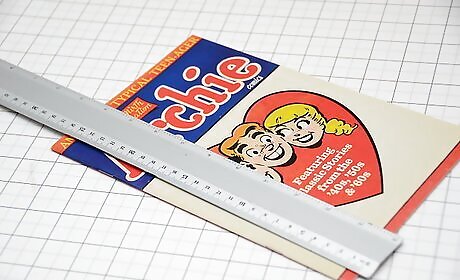
Observe the dimensions of the comic. Comic books are typically published with a width of 6 5/8 inches (17 cm) and a vertical length of 10 1/4 inches (26 cm). Graphic novels may be published with this length and width, with the dimensions of a trade paperback, an oversize (Treasury) edition, or a digest-size comic. Trade paperbacks have a width of 5.32 inches (13.5 cm) and a vertical length of 8.51 inches (21.6 cm). Digest size has a width of 5 3/8 to 5 1/2 inches (13.65 to 13.97 cm) and a vertical length of 7 1/2 to 8 3/8 inches (19.05 to 21.27 cm).
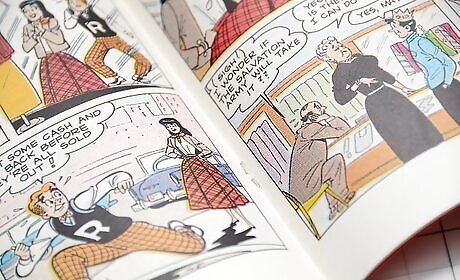
See how the comic is bound. Comic books traditionally have been bound with staples, much like prose magazines of similar size. Graphic novels, on the other hand, are usually bound the way thicker magazines and books are bound. Note, however, that some higher-quality special comic books are bound like books. The individual volumes in the 3-issue "Subterraneans" Elseworlds miniseries featuring Batman feature high-quality paper and are not bound with staples, but the individual issues are not themselves graphic novels. The overall story, if bound in a single volume, would be a graphic novel.
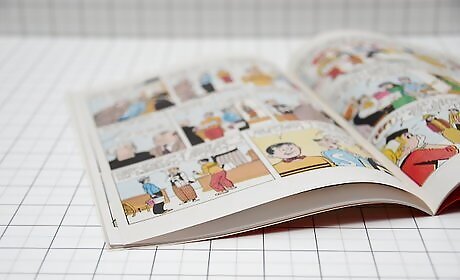
Note the quality of the paper used. For most of the decades they have been published, comic books have been printed on lower-grade matte-finish paper. Graphic novels and anthologies published from the 1980s onward typically are published on a higher grade of paper, either matte or glossy finish. However, many recent comic books have also been published on slick paper, even though they are still held together with staples.

Look at the price. Because of the limited scope of their stories, their being single publications, and the higher quality printing and binding, graphic novels usually cost more than comic books.
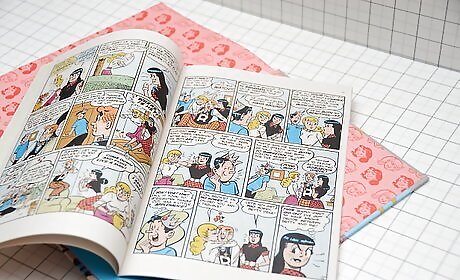
Finished.














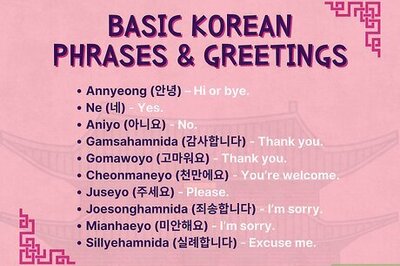



Comments
0 comment